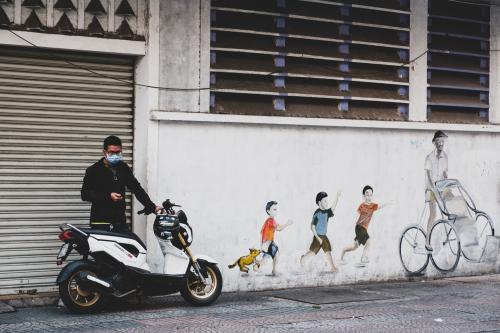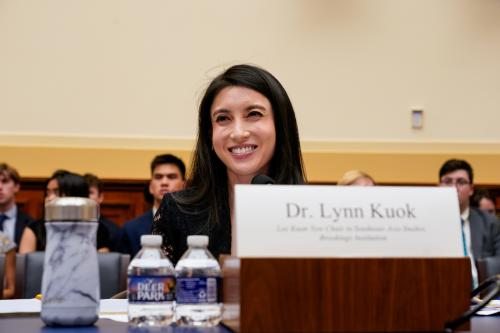EXECUTIVE SUMMARY
The Trump administration rolled out a new “Free and Open Indo-Pacific” concept in late 2017. Since this point, the administration’s new strategy has generated as many questions as it has answers. Despite dramatic shifts in many aspects of U.S. foreign policy after the 2016 election, there are notable areas of continuity between the Trump administration’s Indo-Pacific concept and the Asia policies of previous administrations. The most obvious area of consistency is its stated aim: “a free and open Indo-Pacific…where sovereign and independent nations, with diverse cultures and many different dreams, can all prosper side-by-side, and thrive in freedom and in peace.” While aspirational, this statement reflects the relatively constant way the United States has defined its interests in the Pacific over many years.
Beyond this aspirational goal, the Trump administration’s Indo-Pacific concept endorses the conventional building blocks of U.S. engagement in the Indo-Pacific region: building collective security through a network of regional allies and partners, promoting economic prosperity, and encouraging good governance and shared principles. The administration has rolled out a number of initiatives, including increased engagement in the Indian Ocean and Pacific Islands region, regional transparency and anti-corruption plans, and digital infrastructure and energy cooperation programs, which support these goals. The administration’s Indo-Pacific concept also rightly acknowledges the need to respond more forcefully to Beijing’s destabilizing behavior and coercion of regional allies, which has undermined both U.S. interests and the sovereignty of Indo-Pacific partners.
However, obvious incongruities between the president’s instincts — as encapsulated by his “America First” slogan — and the ambitions of the administration’s Indo-Pacific strategy have undermined its implementation.
Rather than rallying a more unified collective strategy to preserve regional openness and stability, the administration has often alienated needed partners with confrontational rhetoric that is aimed at allies and adversaries alike. The president has frequently berated regional allies over issues ranging from hostnation support costs to trade. The administration’s heavy reliance on sanctions and tariffs has created discrete winners and losers on the economic front, as opposed to a long-standing American focus on building broad-based prosperity. And inconsistent adherence to U.S. values and principles, including praising authoritarian leaders and shying away from critiques of regional human rights abuses, has weakened American soft power.
Despite early concerns that the Trump administration might walk away from the U.S. pivot to Asia, there are elements of consistency in its Indo-Pacific strategy that confirm Asia’s important place in American foreign policy. These consistent themes provide ample room for a strong trilateral agenda with close regional partners including Australia and Association of Southeast Asian Nations (ASEAN) member states.
The principal weakness of the administration’s approach thus far is that by attempting to marry strategic competition with the nationalism of the president’s America First vision, it has muddied the waters of U.S. strategy. The president’s threat-centric, protectionist rhetoric implicitly suggests the United States has walked away from what has made American leadership so distinct: its emphasis on promoting collective goods rather than pursuing narrow, unilateral aims.
The Brookings Institution is committed to quality, independence, and impact.
We are supported by a diverse array of funders. In line with our values and policies, each Brookings publication represents the sole views of its author(s).





